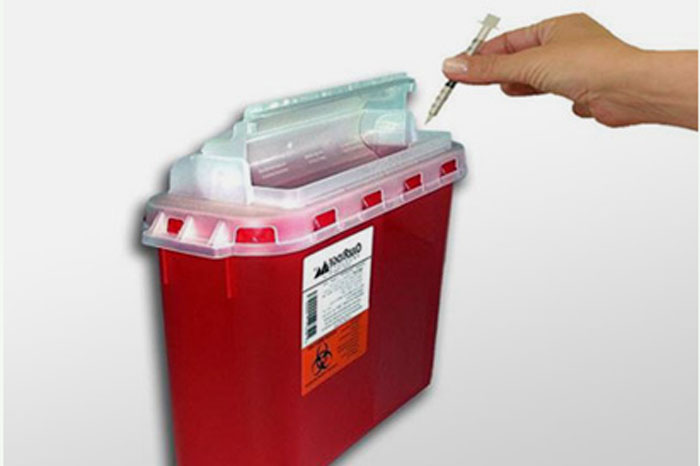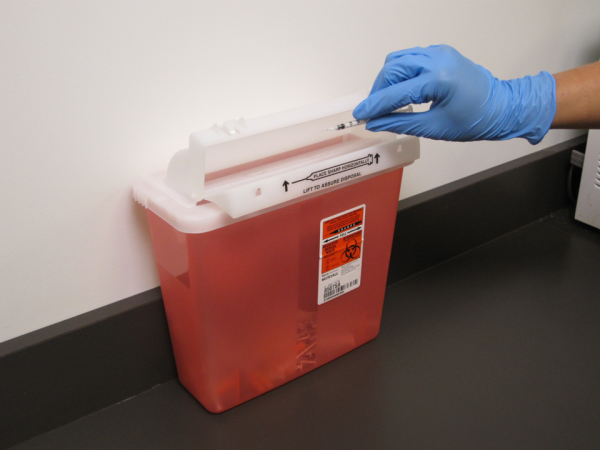When a Needle Strikes

Needles nowadays are no shock. From tattoos to insulin injections, it now serves as a proper tool for prevention. The thought of it still scares most people but since we have gotten used to sharp utensils in our garden shed and knives in our kitchen, then surely medical needles should not be feared? This article is going to talk about the usage of needles and the sharps disposal.
Using Medical Needles
A comprehensive guide according to Burt Cancaster of Vitality Medical shows the anatomy of a needle complete with the selection based on the type. There are intradermal injections that allow fluid to pass from a 10 to 15-degree angle that should cover the epidermis and dermis of the skin. These can usually be done to adults and infants from the anterior of the forearm, upper chest and back and upper arm. The subcutaneous angle, which apart from the epidermis and dermis covers the subcutaneous tissue that can be the abdomen (without hitting the 2-inch radius of the umbilicus), upper buttocks, anterolateral thigh and upper triceps area—and these are also applicable to adults and infants as well as ages in between.

The intramuscular injection with an angle of 90 degrees goes deep within the muscle with different injection sites between the ages. For adults, it is the deltoid muscle of the arm and vastuslateralis of the thigh. Children from more than 2 years old to 18 years can be injected from the deltoid muscle to the ventrogluteal muscle into the thigh.
The type of needles needed for a patient depends on several factors to be determined by the doctor, narrowed down to the type of fluid/medication and viscosity, the body size and individual age, medicine absorption rate and mobility status of the patient.
As a medic, sharps are defined as those with sharp points and edges that can puncture the skin and can be used for animals and people. Distinguishing the type of sharpsis important because their functions are different from each other and a specific type of sharp is used for a specific medical condition to avoid contamination. Needles and syringes are the most commonly used whereas there are lancets, auto-injectors, infusion sets and connection needles. In most cases, the uses of needles are for insulin injections and vaccination (if you are a licensed medical professional). Other than that, it is assumed that the syringes are used for illegal narcotics.
Disposing Needles
Disposing needles and syringes are a must to avoid the transmission of illness and for further injury of sharp ends. Not having to dispose or improper disposal of used sharps could lead to infection caused by blood-transmitted diseases such as AIDS, hepatitis B and C.
The rightful way of getting rid of them is through a needle disposal container made from heavy duty plastic. It is not to be exposed to humans or animals. The plastic should not leak and should not be able to be punctured. Label the container “Do not recycle – containing needles”.





